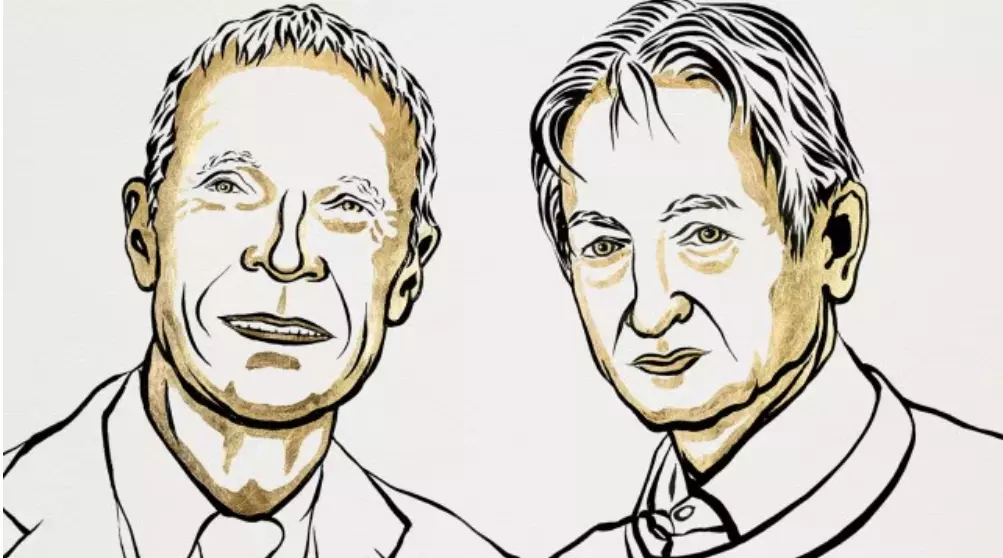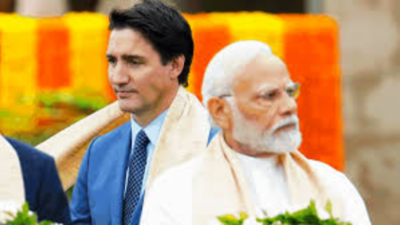John Hopfield and Geoffrey Hinton were awarded the Nobel Prize in physics Tuesday for discoveries and inventions that formed the building blocks of machine learning. “This year’s two Nobel Laureates in physics have used tools from physics to develop methods that are the foundation of today’s powerful machine learning,” the Nobel committee said in a press release. Hopfield’s research is carried out at Princeton University and Hinton works at the University of Toronto.
Ellen Moons, a member of the Nobel committee at the Royal Swedish Academy of Sciences, said the two laureates “used fundamental concepts from statistical physics to design artificial neural networks that function as associative memories and find patterns in large data sets.” She said that such networks have been used to advance research in physics and “have also become part of our daily lives, for instance in facial recognition and language translation.” The Nobel Prize in physics was awarded a day after two American scientists won the medicine prize for their discovery of microRNA .
Three scientists won last year's physics Nobel for providing the first split-second glimpse into the superfast world of spinning electrons, a field that could one day lead to better electronics or disease diagnoses. The 2023 award went to French-Swedish physicist Anne L’Huillier, French scientist Pierre Agostini and Hungarian-born Ferenc Krausz for their work with the tiny part of each atom that races around the c.


















